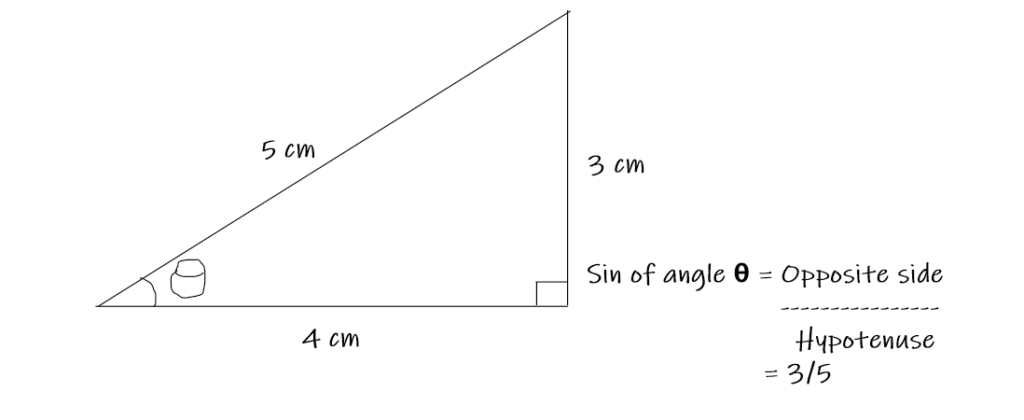WHAT ARE OPTICS?

Optics, in simple words, is a branch of physics concerned with the study of light. It has various types and is felt by everyone all the time in this world. The study of the behavior and properties of light, along with the interactions between matter and light, constitute optics. Optics also include the way we see something through our eyes and various mirrors, lenses and image formation.
HOW DO OPTICS HELP US?

Optics are very important to a living being.
There is no sight without light.
It is also the sole source of food generation for all living things (plants generate food through photosynthesis, which requires light)’
It acts as a source of vitamin D for all life forms on Earth (Sun!)
REFLECTION OF LIGHT

Light is a form of energy which helps us to see something.
When light hits a reflecting surface, it bounces off and comes back.
This phenomenon is known as reflection of light.
LAWS OF REFLECTION OF LIGHT

There are some laws for the reflection of light :-
- ∠i = ∠r in all cases
where ∠i is angle of incidence
and ∠r is angle of reflection - The angle of reflection, angle of incidence and the normal lie on the same plane, which is the mirror
TYPES OF MIRRORS WHICH REFLECT LIGHT

There are 3 types of mirrors which reflect light, out of which 2 are curved mirrors (they are part of a spherical mirror) while 1 is plane. These are:-
- Plane Mirror- This is the most common mirror widely found in many places. This does not have any curve to it and the properties of an image formed by a plane mirror include lateral inversion (left appears to be right and vice versa), it is virtual and erect (cannot be obtained on a screen, light rays do not meet actually), the distance of the object from the mirror is equal to the distance between it’s image and the mirror, the image appears to be of the same size as compared to the object.
- Convex Mirror
- Concave Mirror
REFRACTION OF LIGHT

When light travels from one medium to another, it slows down, which causes a change in it’s direction due to the change in the speed of the light. This phenomenon is known as refraction of light. Lenses also work on this principle.
LAWS OF REFRACTION OF LIGHT

- The incident ray, refracted ray and the normal at the point of incidence lie on the same plane (If we draw a diagram on a paper for this, then all of these will be on the paper and not outside the paper)
- Snell’s law of refraction.
Refractive index is the speed of light when passing through a given material.
We have a formula for this.
Which is,
Refractive index = Speed of light in medium 1/ Speed of light in medium 2
= V1/V2
We can also say this as the extent to which light changes it’s direction in the refractive medium
SNELL’S LAW (2nd law of refraction of light)
This law tells that the ratio of the sin of the angle of incidence and the sin of the angle of refraction is equal to the refractive index of the second medium
Now, what does sin of an angle mean?

Sin of an angle is a mathematical operation which is applicable to a right-angled triangle
Now, sin of an angle’s formula is = Ratio of the opposite side and the hypotenuse
So, by Snell’s law, we get,

TO BE FURTHER CONTINUED IN THE NEXT POST… (we will learn in detail about convex and concave mirrors, lenses and eye along with it’s defects)


